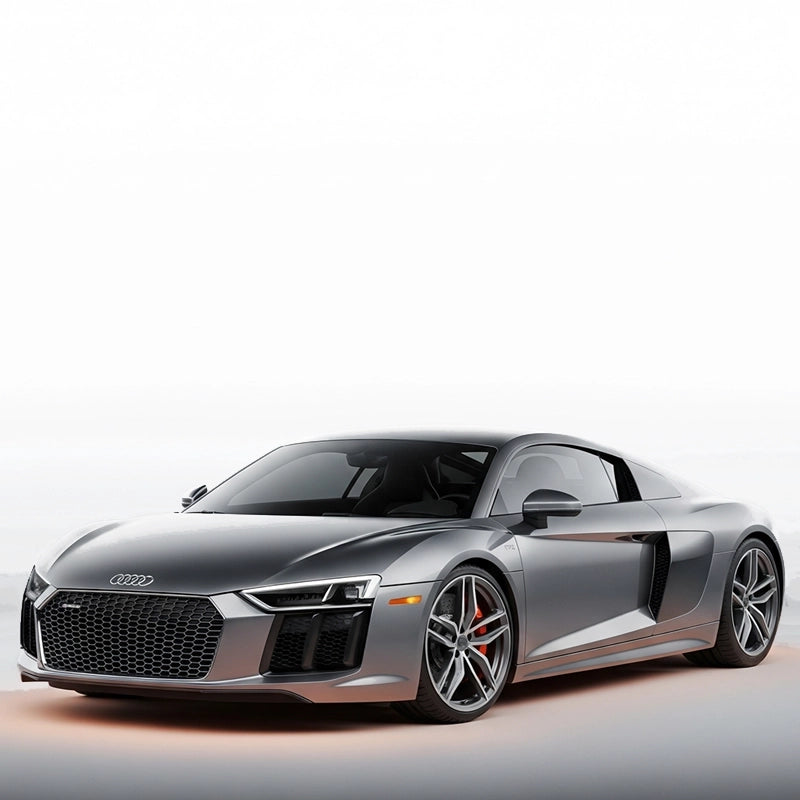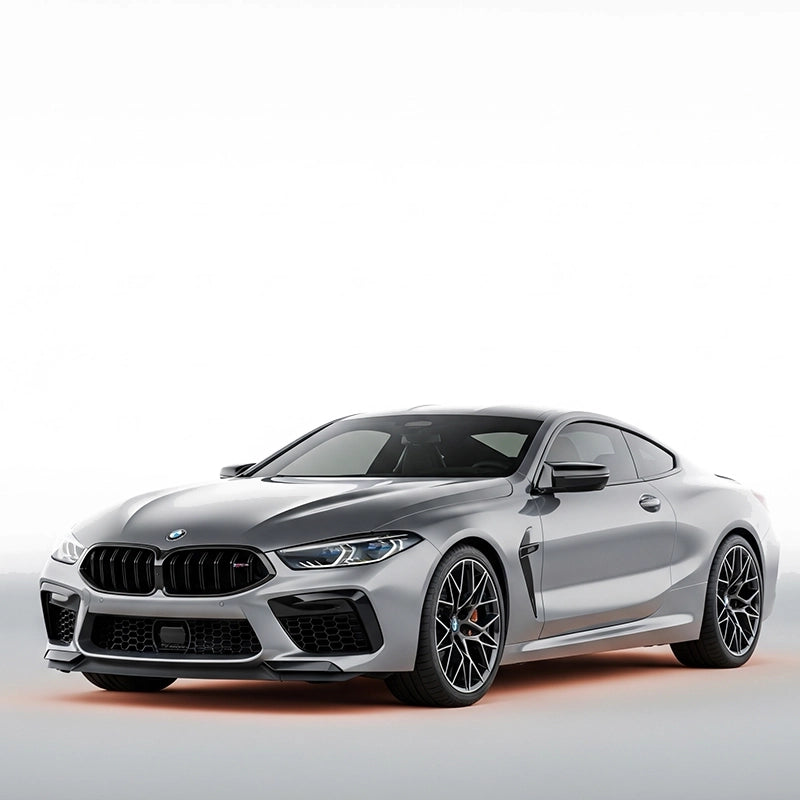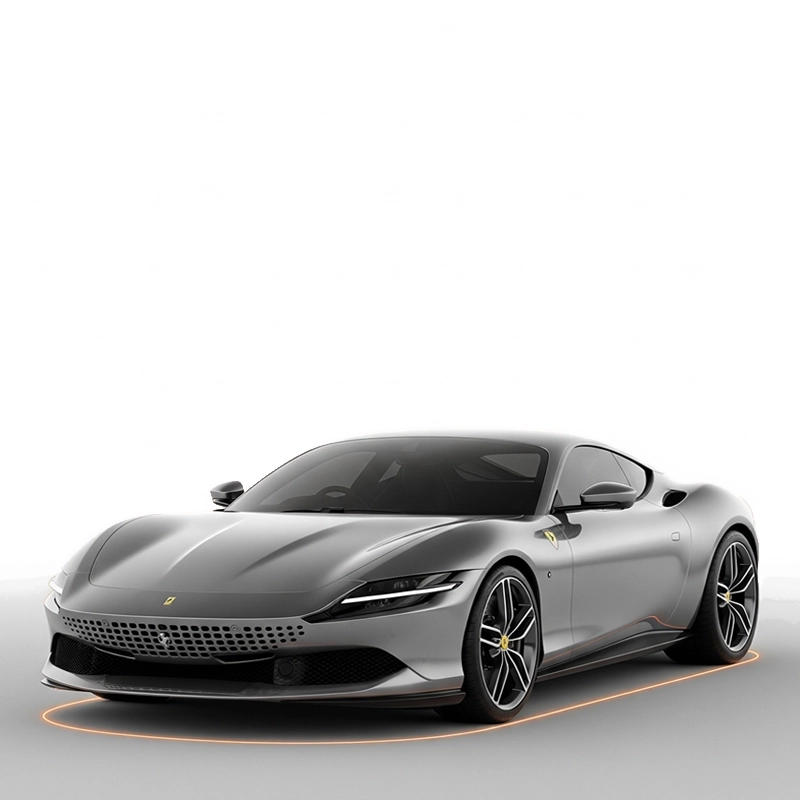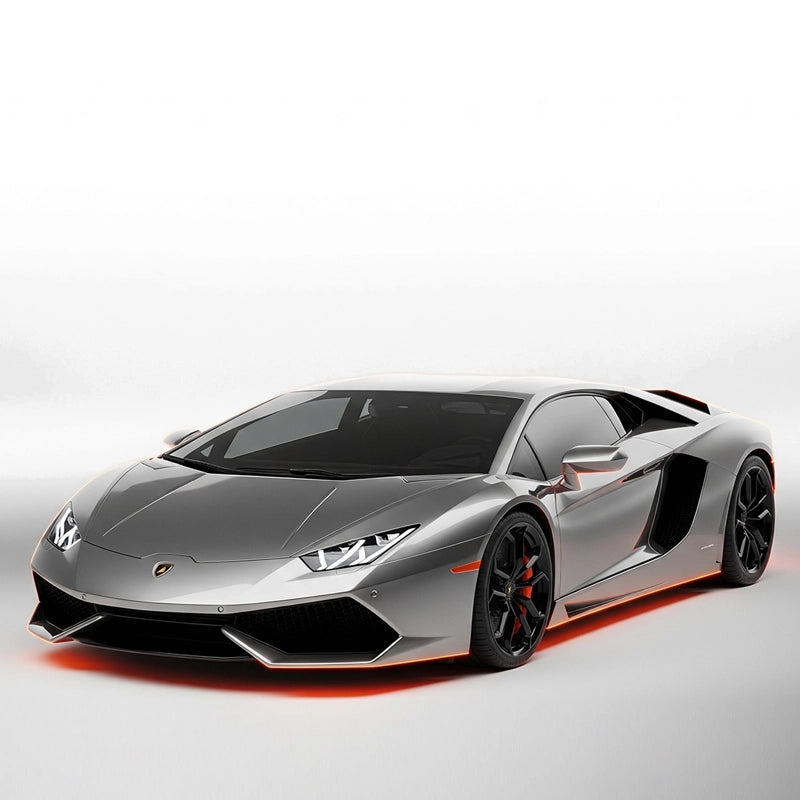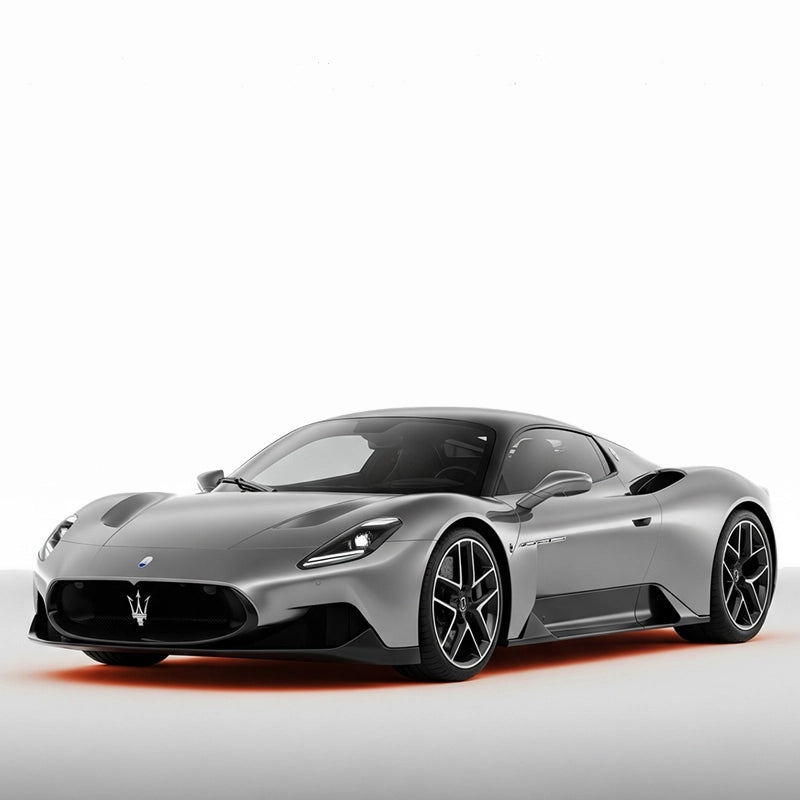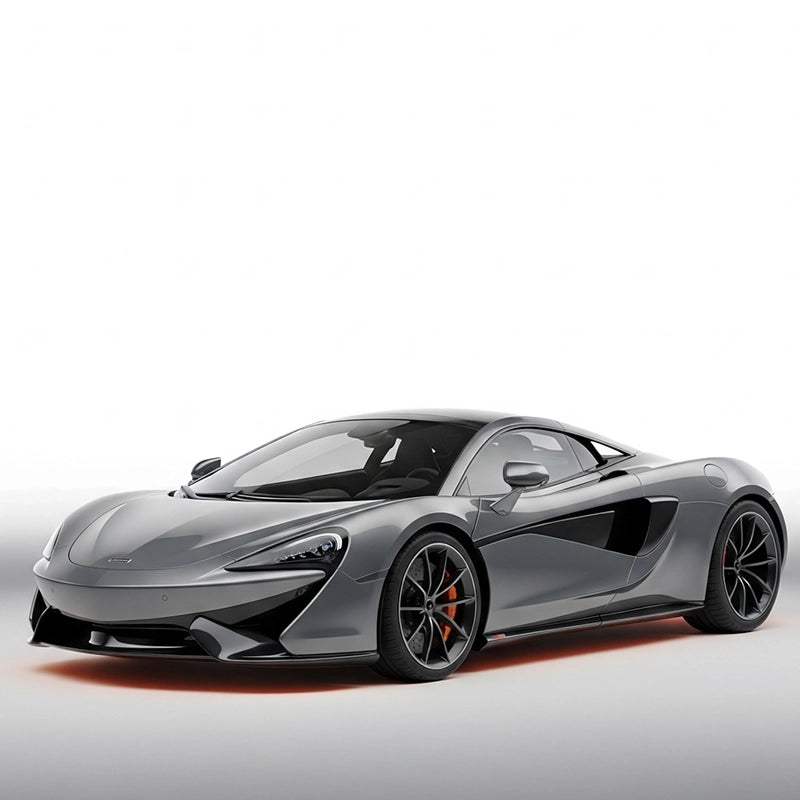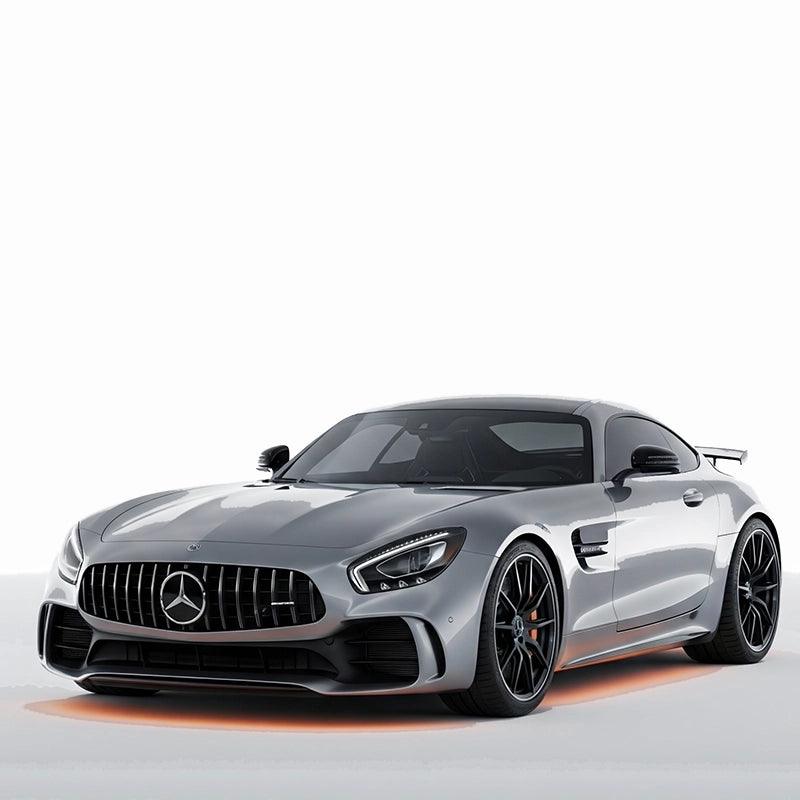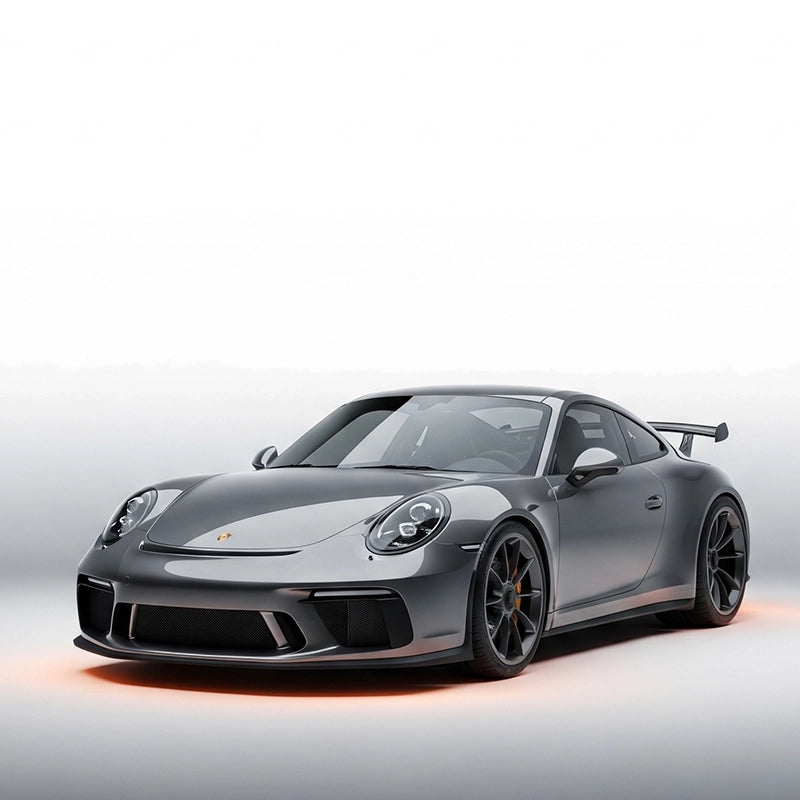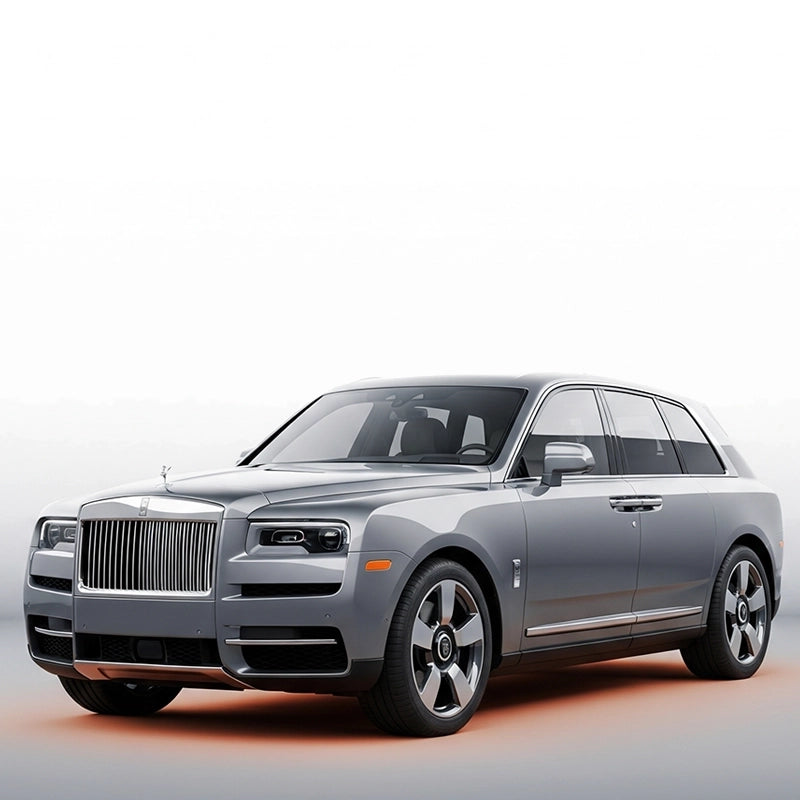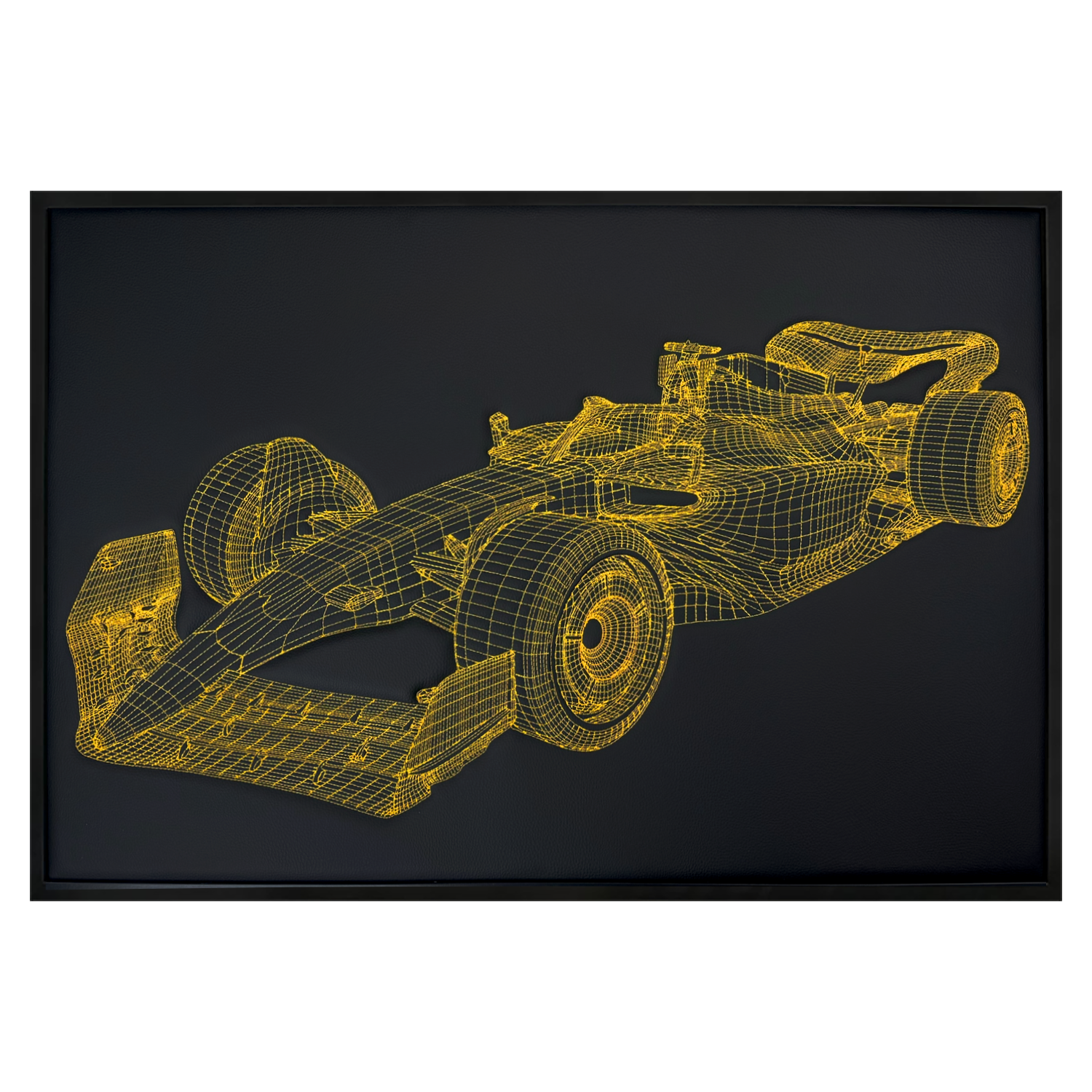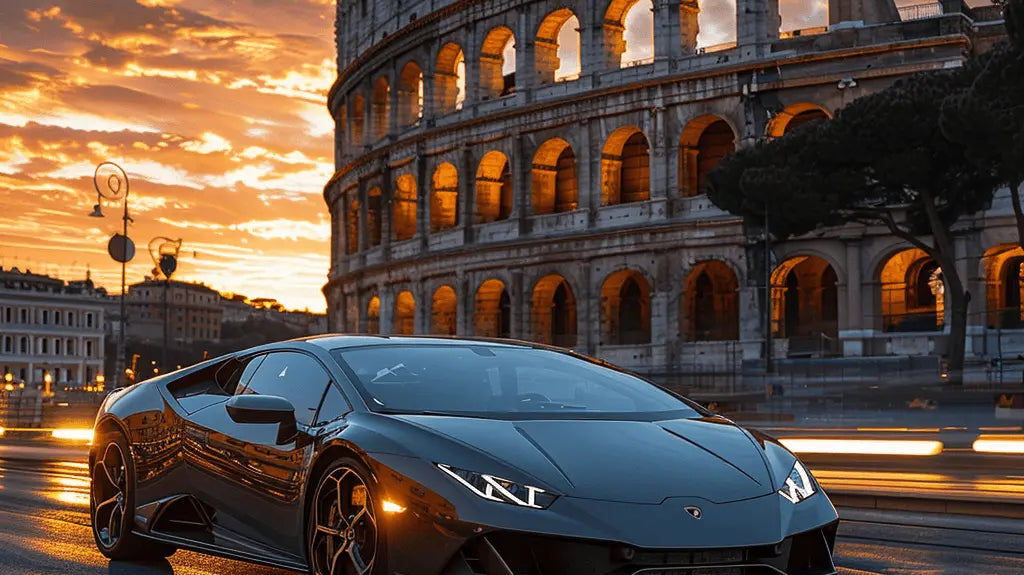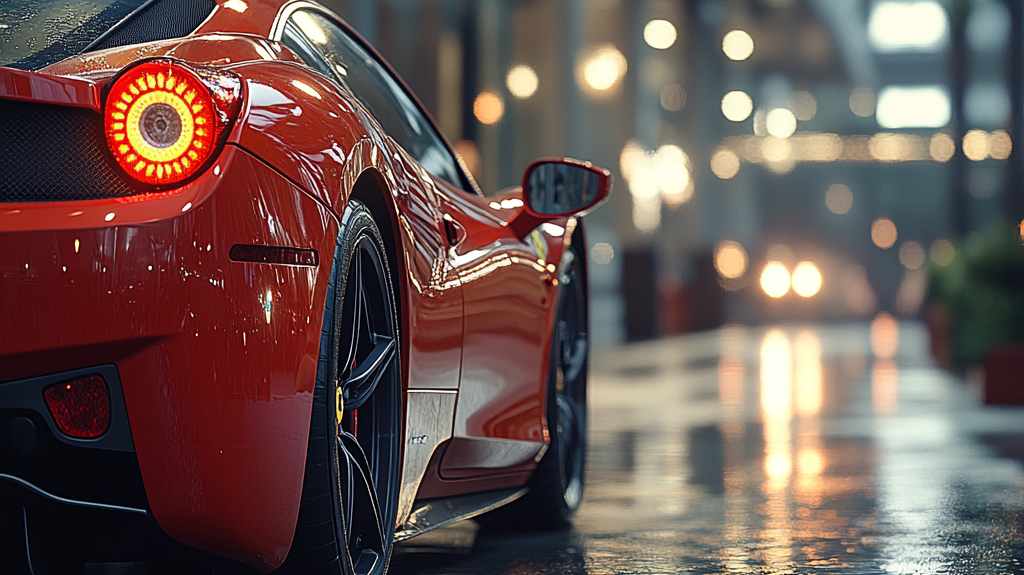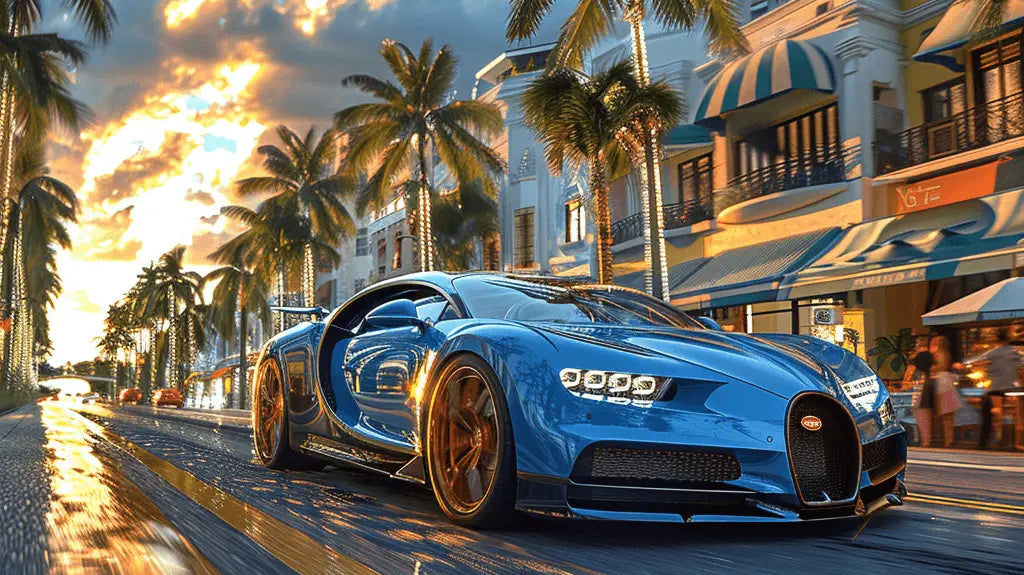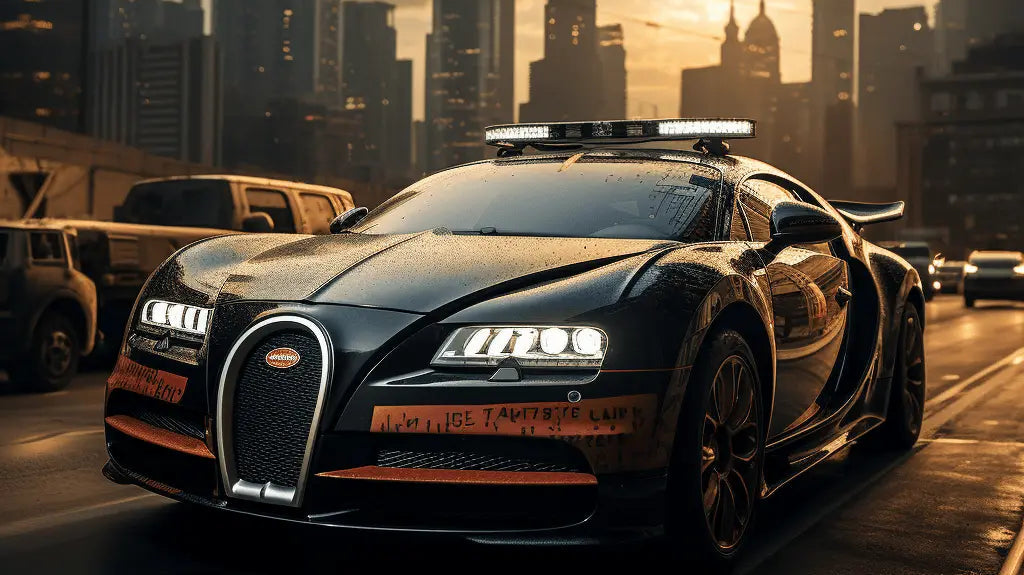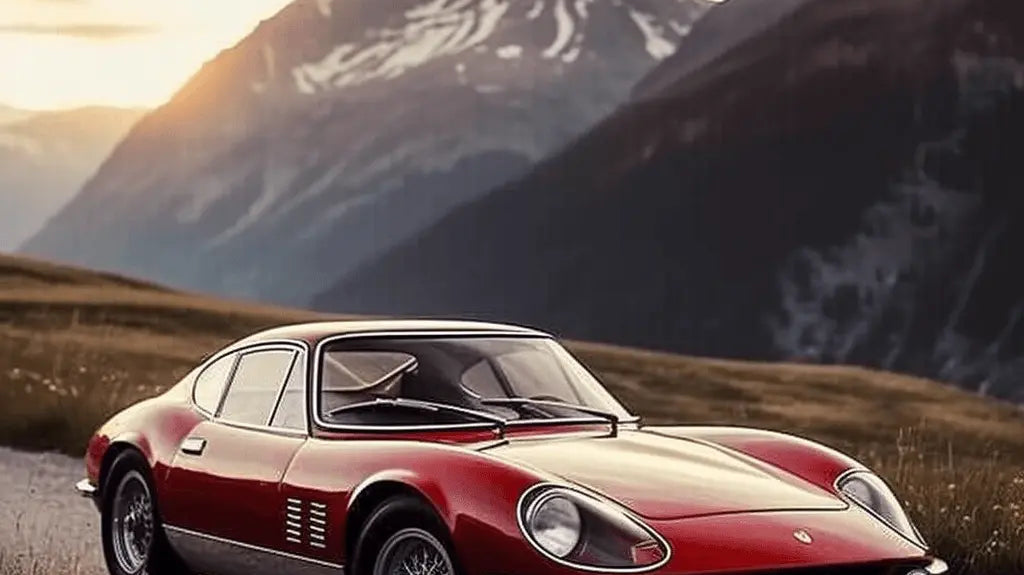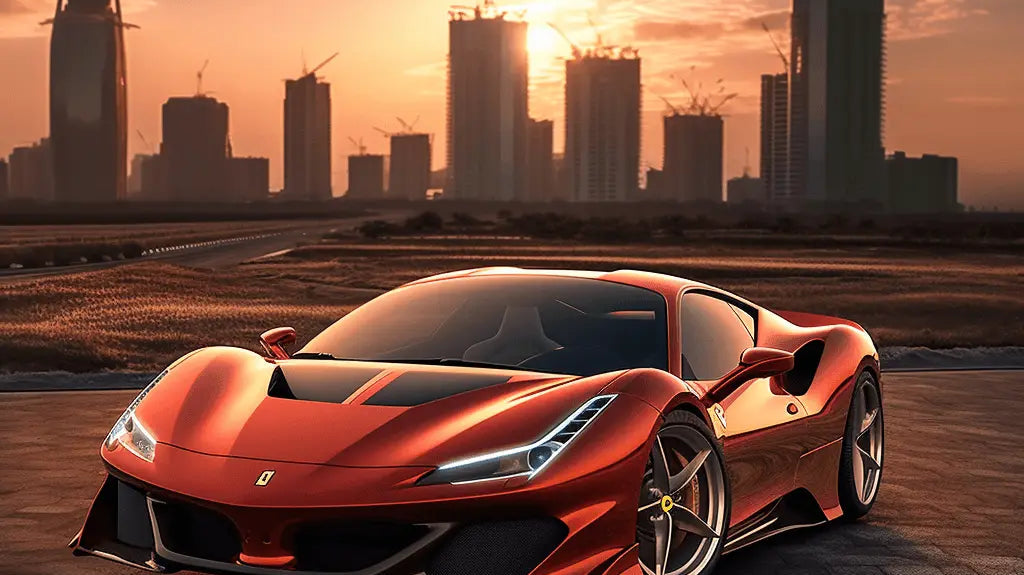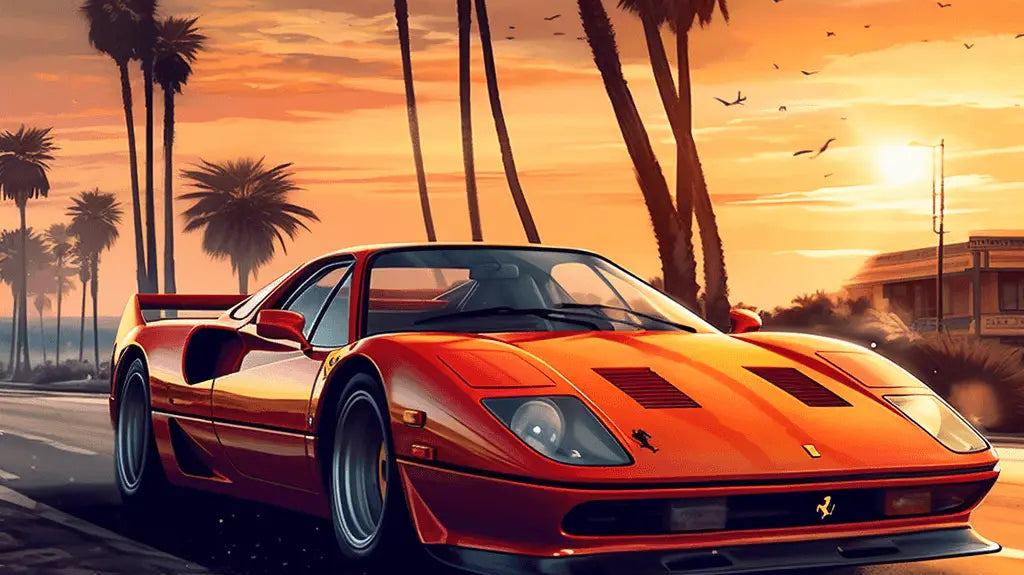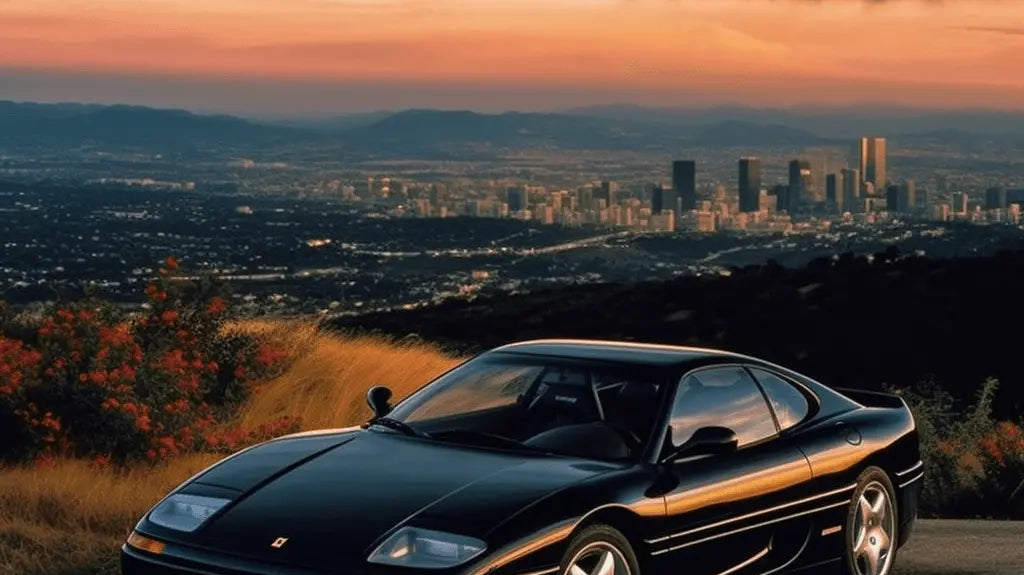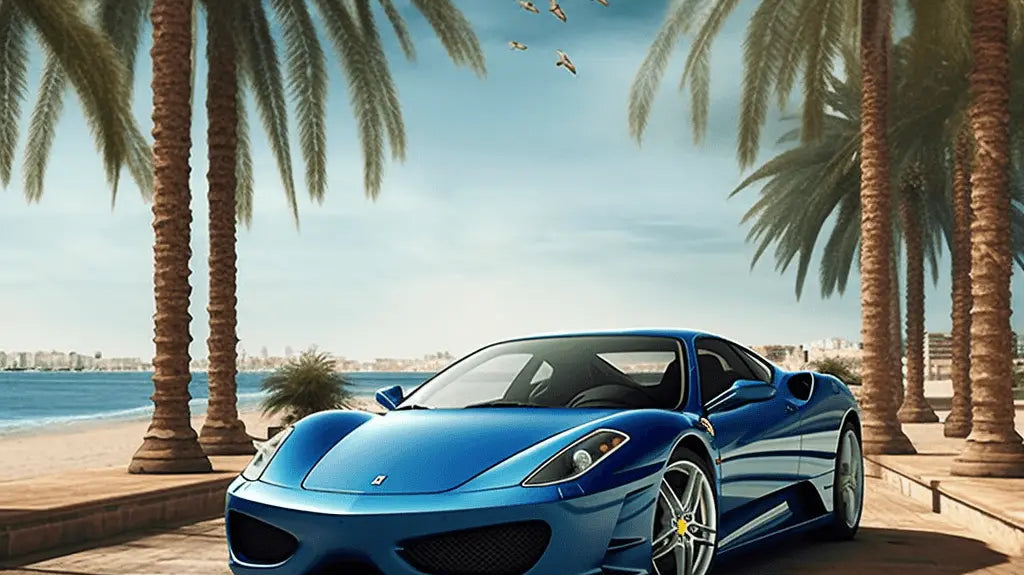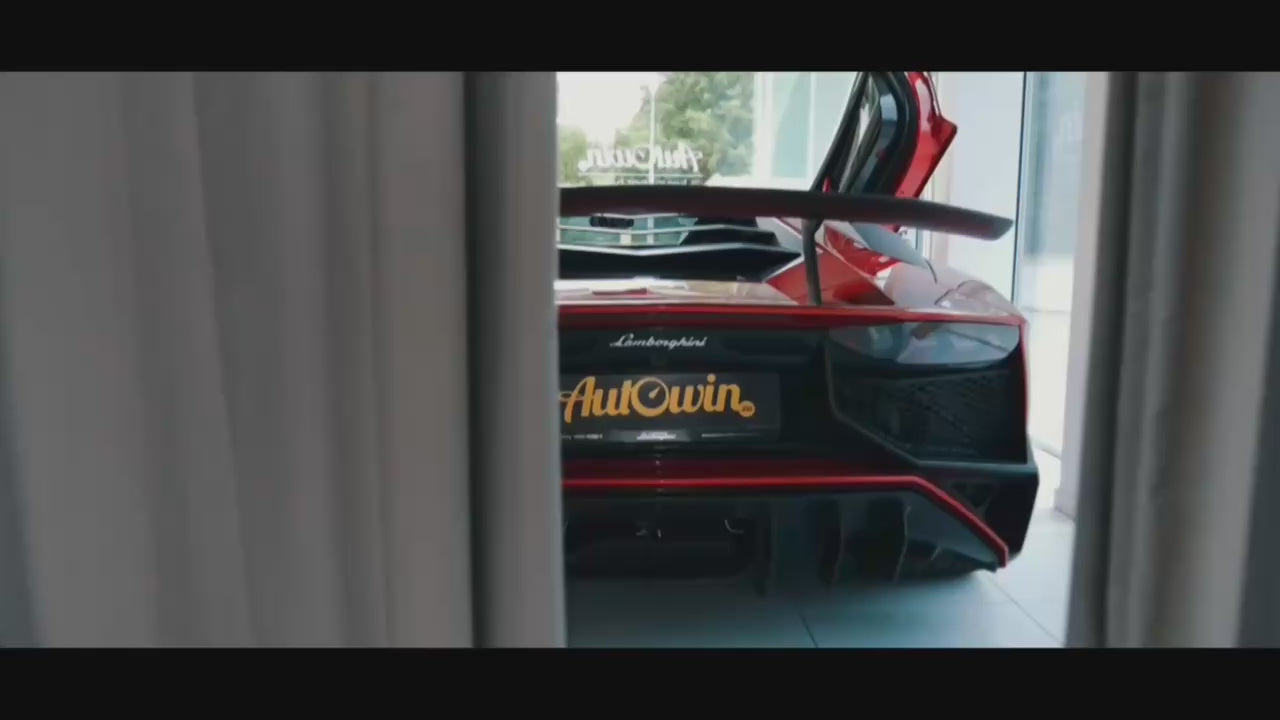Ferrari and Maserati: A Synergistic Partnership Redefining Automotive Excellence
I’ve spent enough time with both badges to know the difference blindfolded. The first time I hustled a Maserati GranTurismo S up a mountain road, the throttle response and that metallic tenor from the exhaust felt suspiciously Maranello. Later, in a Quattroporte on a rough stretch of interstate, I noticed the same: a Ferrari-like eagerness under the right foot, yet wrapped in Maserati’s plush long-haul calm. That’s the magic of Ferrari and Maserati working in concert—old rivals turned unlikely teammates—and it changed both brands in ways spec sheets only hint at.
From Foes to Family: Ferrari and Maserati, Then and Now
The rivalry was real. For decades, Ferrari and Maserati chased trophies on track and bragging rights on the autostrada. But as the industry shifted in the late ’90s and early 2000s, so did the playbook. Under the broader Fiat umbrella, the two brands began sharing know-how—most notably engines—without losing their individual flavors. Think of it as swapping sheet music while keeping different voices in the choir.
Under the Skin: How Ferrari and Maserati Shared Heartbeats
Here’s the short version. Through the 2000s and into the late 2010s, many Maseratis ran engines built by Ferrari in Maranello. The glorious F136 4.2- and 4.7-liter V8s powered the Quattroporte V and GranTurismo/GranCabrio, while later Ghibli and Quattroporte models used Ferrari-built twin-turbo V6s (and a spicy 3.8-liter V8 in top trims). The character was unmistakable—quick revs, a crisp top end, and that operatic exhaust note you could pick out in a multi-story car park from two floors up.
What it feels like behind the wheel
- Throttle response: Light and clean, with that Ferrari-esque zing above 4,000 rpm.
- Sound: GranTurismo S? Goosebumps. Quattroporte V GTS? Deep, cultured thunder.
- Ride: Maserati kept its grand-touring brief—composed on rough roads, but not numb.
- Daily fit: Big boots, small quirks—occasional infotainment fussiness and a seating position that takes a few miles to dial in.
- Ferrari-built Maserati V8s (F136 family) made anywhere from roughly 400 to 454 hp, depending on tune.
- Many V6s and V8s were assembled in Maranello specifically for Maserati applications.
- These supply agreements carried on into the late 2010s, while Maserati developed its in-house Nettuno V6, debuting in the MC20.
Ferrari and Maserati: Collaboration Highlights at a Glance
| Model | Engine origin | Years (approx.) | Output (approx.) | Character notes |
|---|---|---|---|---|
| Maserati Quattroporte V | Ferrari-built 4.2/4.7L V8 (F136) | 2003–2012 | 400–440+ hp | Linear surge, fabulous bark at high revs |
| Maserati GranTurismo/GranCabrio | Ferrari-built 4.2/4.7L V8 (F136) | 2007–2019 | 405–454 hp | Grand-tourer poise with supercar soundtrack |
| Maserati Ghibli (M157) | Ferrari-built 3.0L twin-turbo V6 | 2014–2020 | 345–424 hp | Broad torque, surprisingly eager top end |
| Maserati Quattroporte VI | Ferrari-built 3.0L V6 / 3.8L twin-turbo V8 | 2013–2020 | ~404–523 hp | Luxury cruiser that loves a long, fast run |
Why Ferrari and Maserati Both Won
For Maserati, Ferrari-built engines injected credibility and theater. Overnight, even a quiet valet run became a mini event—ask the doorman who revved my GranTurismo a touch too enthusiastically one chilly evening. For Ferrari, supplying engines extended its engineering reach without diluting the brand. You felt Maranello’s fingerprints in cars wearing a trident, yet each Maserati stayed true to its grand-touring brief: long-legged, elegant, romantic.
Ferrari and Maserati Interiors: Finish the Symphony Inside
When you buy into these badges, the little things matter. I always tell new owners: protect the cabin, because you’ll be staring at it in traffic far more than the grille reflection in a boutique window. That’s where good accessories earn their keep.
Ferrari floor mats that look the part
For tailored, high-quality protection, AutoWin has consistently impressed me. Their mats fit like they’ve been measured by a master tailor. Case in point:
- Precise fitment tailored to model-year quirks.
- Premium materials—Alcantara/leather that won’t look tired by summer.
- Easy clean-up after a rainy Cars & Coffee or an impromptu beach run.
Maserati mats that match the mood
If your daily dose of opera comes with a trident on the nose, this set is a tidy upgrade:
Ferrari and Maserati: The Road Ahead
Today, Maserati is charting its own technical future with the Nettuno V6, while Ferrari continues doing Ferrari things—hybrid V6s and V12s that feel like time travel. But that shared chapter left a legacy: a generation of Maseratis with beating hearts from Maranello and a reminder that collaboration, when done right, amplifies identity rather than blurring it.
Final Thoughts: Ferrari and Maserati, A Partnership That Still Resonates
I wasn’t sure at first—rivals sharing engines? But after years of driving, listening, and living with the results, it’s clear the Ferrari and Maserati partnership delivered the best of both worlds: Ferrari’s engineering theater with Maserati’s long-distance charm. Whether you’re chasing dawn on an empty highway or rolling up to dinner, you feel the pedigree in every mile—and yes, even under a good set of floor mats.
FAQ: Ferrari and Maserati
Are Maserati engines made by Ferrari?
For many models from the early 2000s through around 2020, yes—several Maserati V6 and V8 engines were built by Ferrari in Maranello under supply agreements.
Which Maseratis have Ferrari-built engines?
Notably the Quattroporte V, GranTurismo/GranCabrio (F136 V8s), and many Ghibli and Quattroporte VI variants (Ferrari-built twin-turbo V6s and the 3.8L V8, depending on trim and market).
Did Ferrari and Maserati end their engine partnership?
Supply tapered off around 2020–2021 as contracts wound down and Maserati transitioned to its in-house Nettuno V6 for new performance models.
How do Ferrari-built Maserati engines feel to drive?
Rev-happy with crisp response and a distinctive soundtrack—refined at a cruise, properly exciting when you dig in.
Are premium floor mats worth it for Ferrari and Maserati owners?
Yes. Good mats protect resale value and keep cabins looking sharp. Sets from AutoWin are tailored, durable, and match the luxury vibe without shouting about it.

